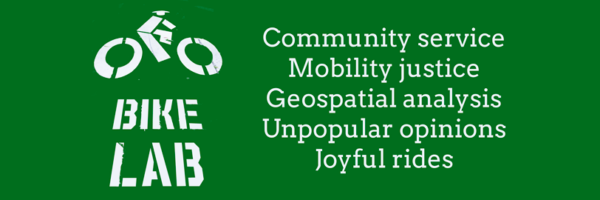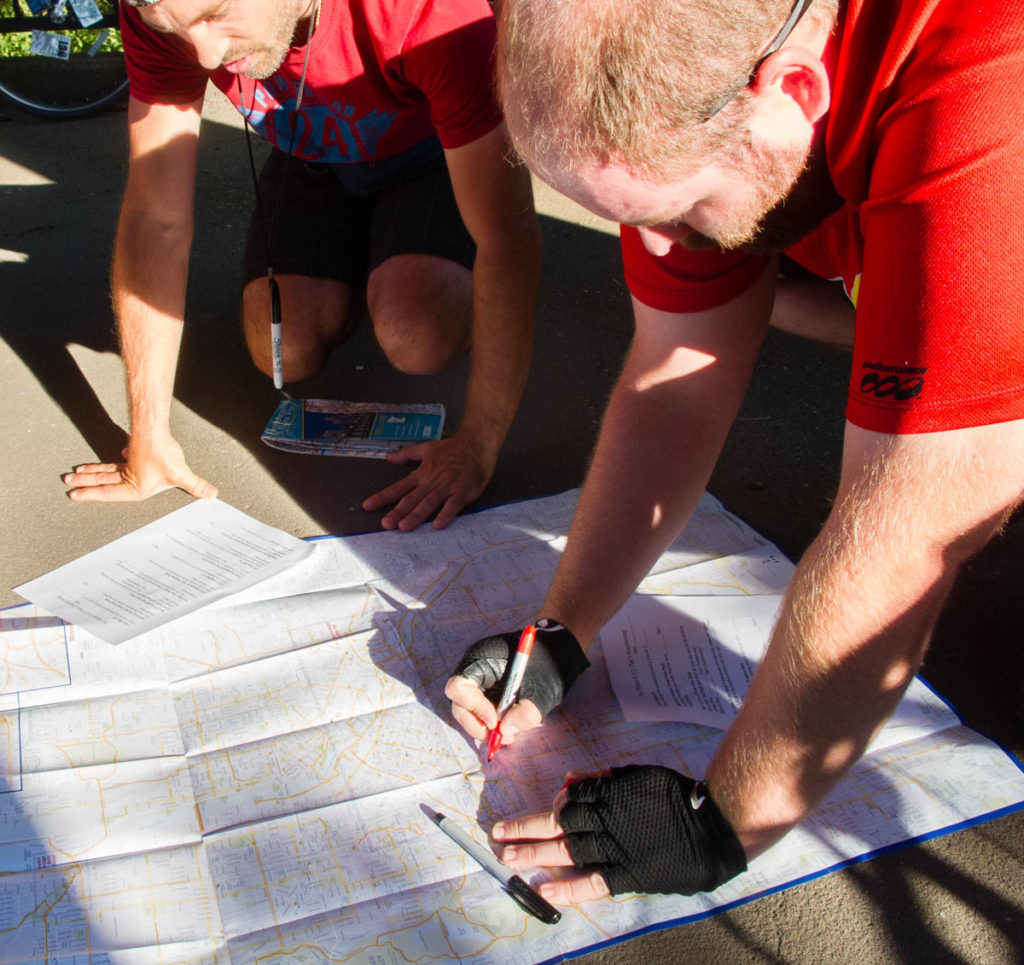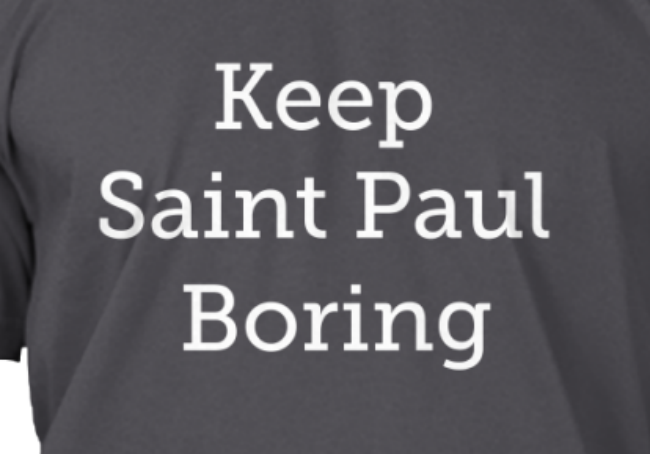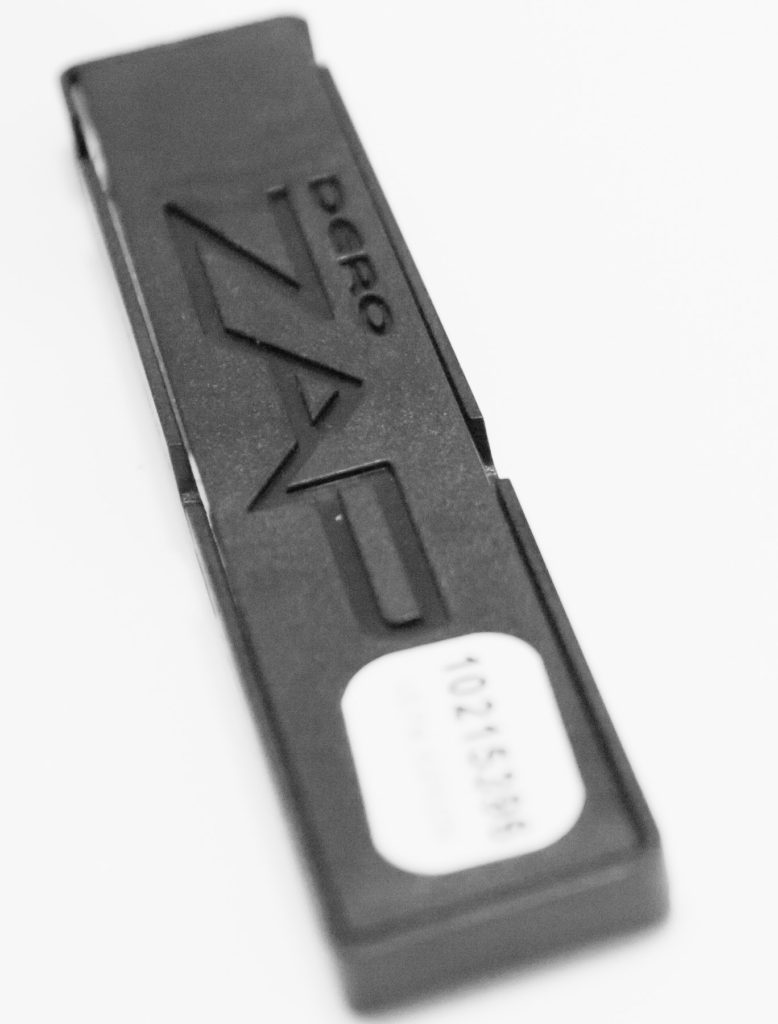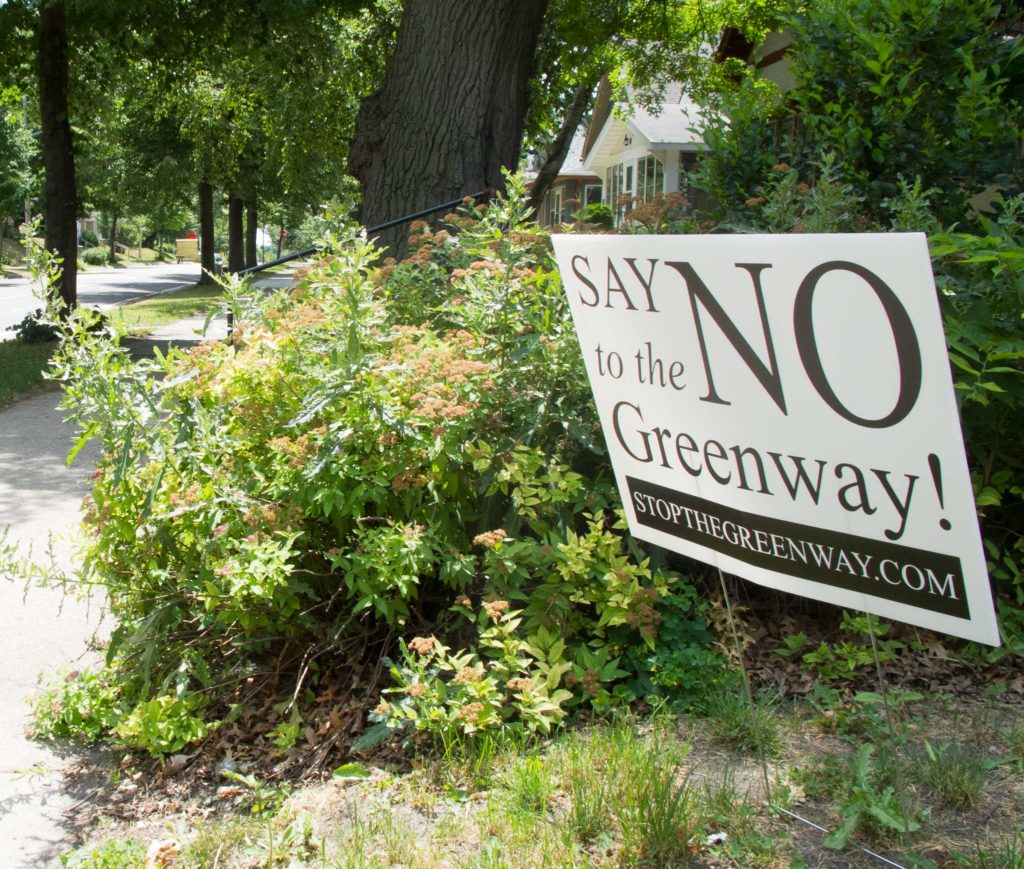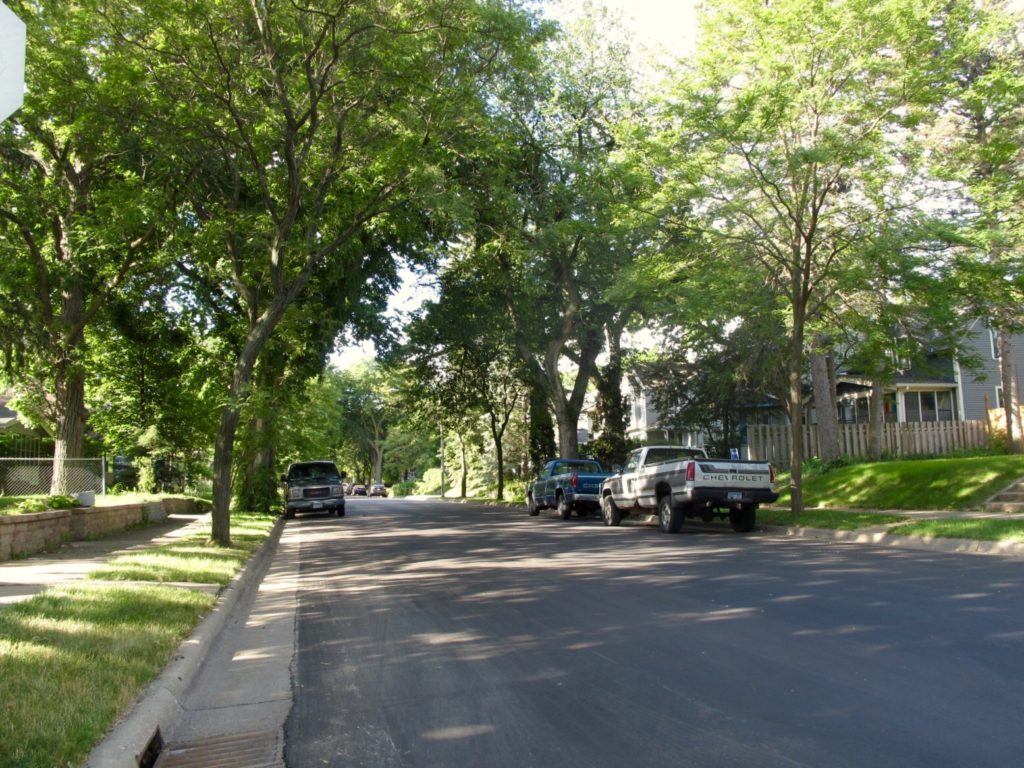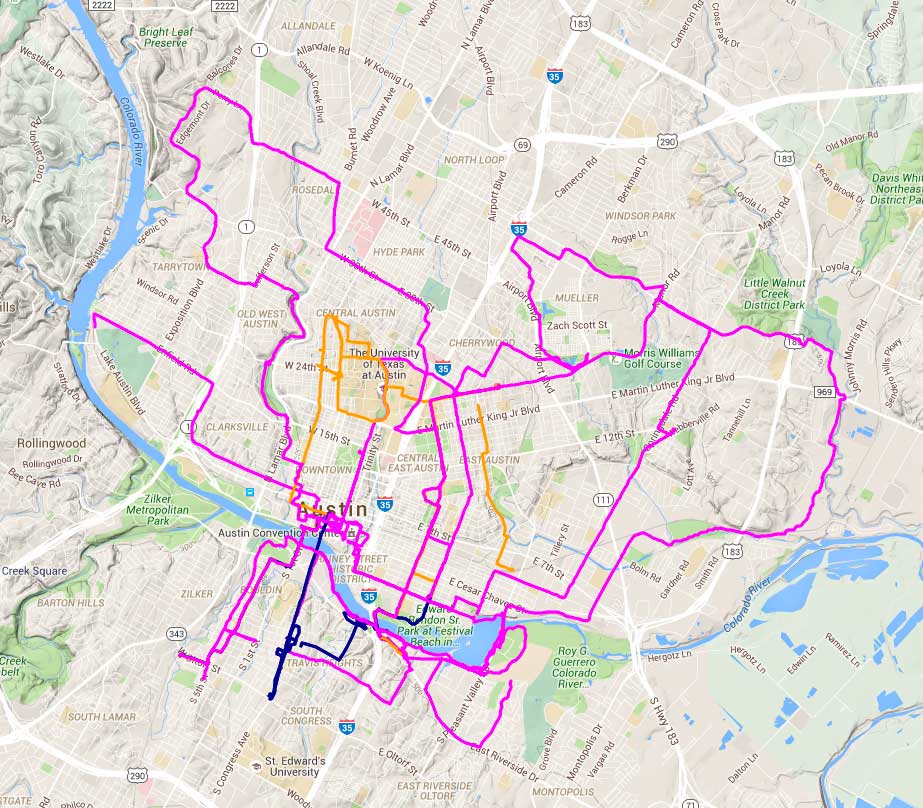Alleycat races
I am fortunate to have a few Minneapolis friends in the cycling scene. Max has been cycling and tinkering with bikes in the Twin Cities for as long as I’ve known him. He loaned me a sweet Surly Long Haul Trucker for my survey rides, and led me on a number of rides through different areas of the city.
His latest passion has been alleycat races, a race form that grew out of bike messenger culture. Despite the fact that the profession of bike messenging itself has declined precipitously, the culture it spawned continues to effect urban cycling across the country.
